Week 4 - Analytics Engineering
Goal:
- Transforming the data loaded in DWH to Analytical Views
- Understand 4 aspects of the analysis
Sample project:
Analysis Methods
graph TD
%% Add a transparent text node as a watermark
style Watermark fill:none,stroke:none
Watermark[Created by: LongBui]
A[Analysis Aspects] --> B[Descriptive Analysis]
A --> C[Diagnostic Analysis]
A --> D[Predictive Analysis]
A --> E[Prescriptive Analysis]
B --> B1[Summarize Data]
B --> B2[Identify Patterns]
C --> C1[Identify Causes]
C --> C2[Determine Relationships]
D --> D1[Forecast Future Trends]
D --> D2[Predict Outcomes]
E --> E1[Provide Recommendations]
E --> E2[Optimize Strategies]
Figure: Analysis Methodology
Thinking Process of Analytics
For example we would like to increase the product selling by 2 aspects: Marketing and User Activity.
You can follow this step:
Step 1 : Understand The Current State
As everything happens, we need to ask question Why and How to ensure we understand correctly.
| Task | Description | Tools/Methods |
|---|---|---|
| Assess current marketing performance | Evaluate the effectiveness of current campaigns | Google Analytics, CRM |
| Analyze user activity | Look at user engagement, retention, and churn | Mixpanel, Amplitude |
| Identify key performance indicators | Determine metrics that matter | KPIs, OKRs |
Step 2: Setting Clear Object
Per the understanding, we set the goal for our actions, it’s ok for the short-term goal, we only need to target to road to the goal.
| Task | Description | Tools/Methods |
|---|---|---|
| Define sales targets | Set specific sales goals | Sales forecasting tools |
| Establish engagement metrics | Define engagement goals like DAUs, MAUs, etc. | Analytics tools |
| Align objectives with business goals | Ensure marketing goals align with overall goals | Strategic planning |
Step 3: Segmenting the Audience
Substrate the gold by the Subject of things, in this example, we segment the Audience; by this action, we can have the smaller set of gold with measurable metrics and have the NUMBER of count.
| Task | Description | Tools/Methods |
|---|---|---|
| Identify user segments | Group users based on behavior and demographics | User segmentation tools |
| Create user personas | Develop detailed user personas | Market research |
| Analyze segment behavior | Understand how different segments interact | Behavioral analysis |
Step 4: Personalizing Marketing Campaigns
With this strategy, we obviously can set and run the right campaign for right people.
| Task | Description | Tools/Methods |
|---|---|---|
| Develop targeted campaigns | Create campaigns tailored to each segment | Marketing automation |
| Use personalized messaging | Customize messages based on user data | CRM, email marketing |
| Test and optimize campaigns | A/B test different approaches | A/B testing tools |
Step 5: Enhancing User Experience
Collecting the metrics to optimize the UI/UX as well as value from the product (Application or Knowledge Base).
| Task | Description | Tools/Methods |
|---|---|---|
| Improve UI/UX | Enhance the user interface and experience | UX/UI design tools |
| Increase app performance | Optimize app speed and reliability | Performance monitoring |
| Collect user feedback | Gather and analyze user feedback | Surveys, user testing |
Step 6: Analyzing Data and Metric
Defining and setting up the metrics, KPI, tooling, reporting for tracking the user bahaviour like Daily Active User (aka DAU) or MAU or In-app, Channel, Top products, top page, user Click map, etc.
| Task | Description | Tools/Methods |
|---|---|---|
| Monitor key metrics | Track KPIs and other important metrics | Analytics dashboards |
| Perform cohort analysis | Analyze user behavior over time | Cohort analysis tools |
| Generate insights | Derive actionable insights from data | Data analysis tools |
Step 7: Iterating and Optimizing
Finally, repeat your action, revise the process, factor and enhance the product continuously.
| Task | Description | Tools/Methods |
|---|---|---|
| Make data-driven adjustments | Adjust strategies based on data insights | Data analytics |
| Continuously test and learn | Implement a test-and-learn approach | Testing frameworks |
| Scale successful strategies | Scale up what works | Project management |
Road to Analysis
graph TD
%% Add a transparent text node as a watermark
style Watermark fill:none,stroke:none
Watermark[Created by: LongBui]
subgraph A[Understanding Current State]
A1[Assess Marketing Performance]
A2[Analyze User Activity]
A3[Identify KPIs]
end
subgraph B[Setting Objectives]
B1[Define Sales Targets]
B2[Set Engagement Metrics]
B3[Align with Business Goals]
end
subgraph C[Segmenting Audience]
C1[Identify Segments]
C2[Create Personas]
C3[Analyze Behavior]
end
subgraph D[Personalizing Campaigns]
D1[Develop Campaigns]
D2[Personalize Messaging]
D3[Test and Optimize]
end
subgraph E[Enhancing UX]
E1[Improve UI/UX]
E2[Optimize Performance]
E3[Collect Feedback]
end
subgraph F[Analyzing Data]
F1[Monitor Metrics]
F2[Cohort Analysis]
F3[Generate Insights]
end
subgraph G[Iterating and Optimizing]
G1[Adjust Strategies]
G2[Test and Learn]
G3[Scale Success]
end
A --> B --> C --> D --> E --> F --> G
Figure: Approach to Create Analytics Application
Prerequisites
Follow the instruction at booking_dbt
Once you get done, check the harder project in the following below“
We will build a project using dbt and a running data warehouse. By this stage of the course you should have already:
- A running warehouse (Snowflake or Local Postgres)
- A set of running pipelines ingesting the project dataset (week 3 completed): Taxi Rides NY dataset
- Yellow taxi data - Years 2024
- Green taxi data - Years 2024
- fhv data - Year 2024
dbt Setting
Setting up dbt for using Snowflake (Preferred)
-
You will need to create a dbt cloud account using this link
-
Connect to your warehouse following these instructions.
-
More detailed instructions in dbt_cloud_setup.md
Optionally setting up dbt on local using Docker Compose
- If you feel more comfortable developing locally you could use a local installation of dbt as well.
- You can follow the official dbt documentation or follow the dbt with Snowflake on Docker guide to setup dbt locally on docker.
- You will need to install the latest version (1.0) with the Snowflake adapter (dbt-Snowflake).
Setting up dbt for using Postgres locally (Optional)
As an Option to the cloud, that require to have a postgres database, you will be able to run the project installing dbt locally.
Make sure you have ~/.dbt on your local machine
your_project_profile:
outputs:
dev:
dbname: database
host: localhost
password: postgres
port: 5432
schema: public
type: postgres
user: postgres
target: dev
Introduction to analytics engineering
- What is analytics engineering?
- ETL vs ELT
- Data modeling concepts (fact and dim tables)
What is dbt?
Intro to dbt Introduction
Starting a dbt project
- Starting a new project with dbt init
- dbt cloud setup
- Integration with Github repository
- Snowflake Connection Configuration
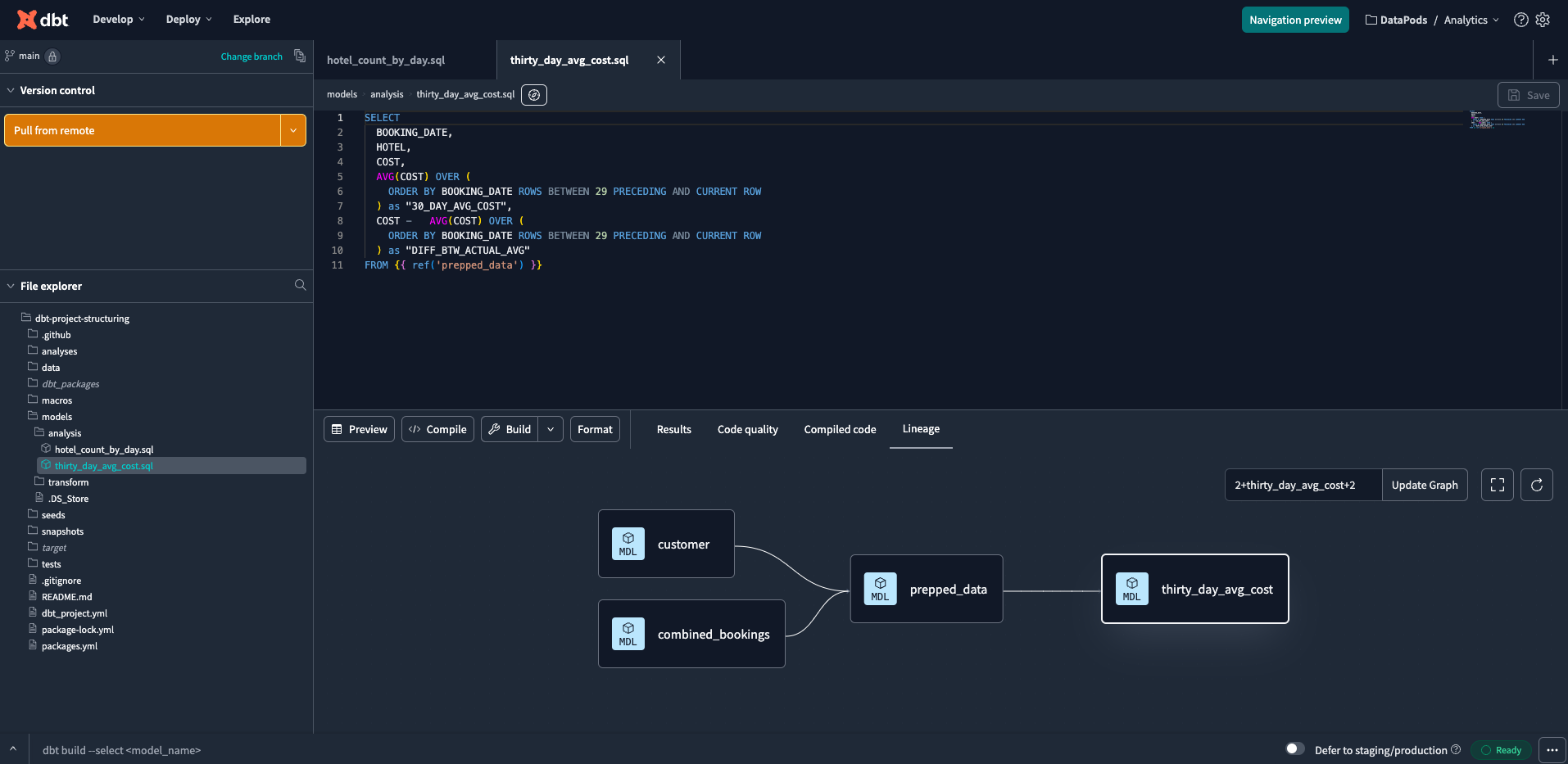
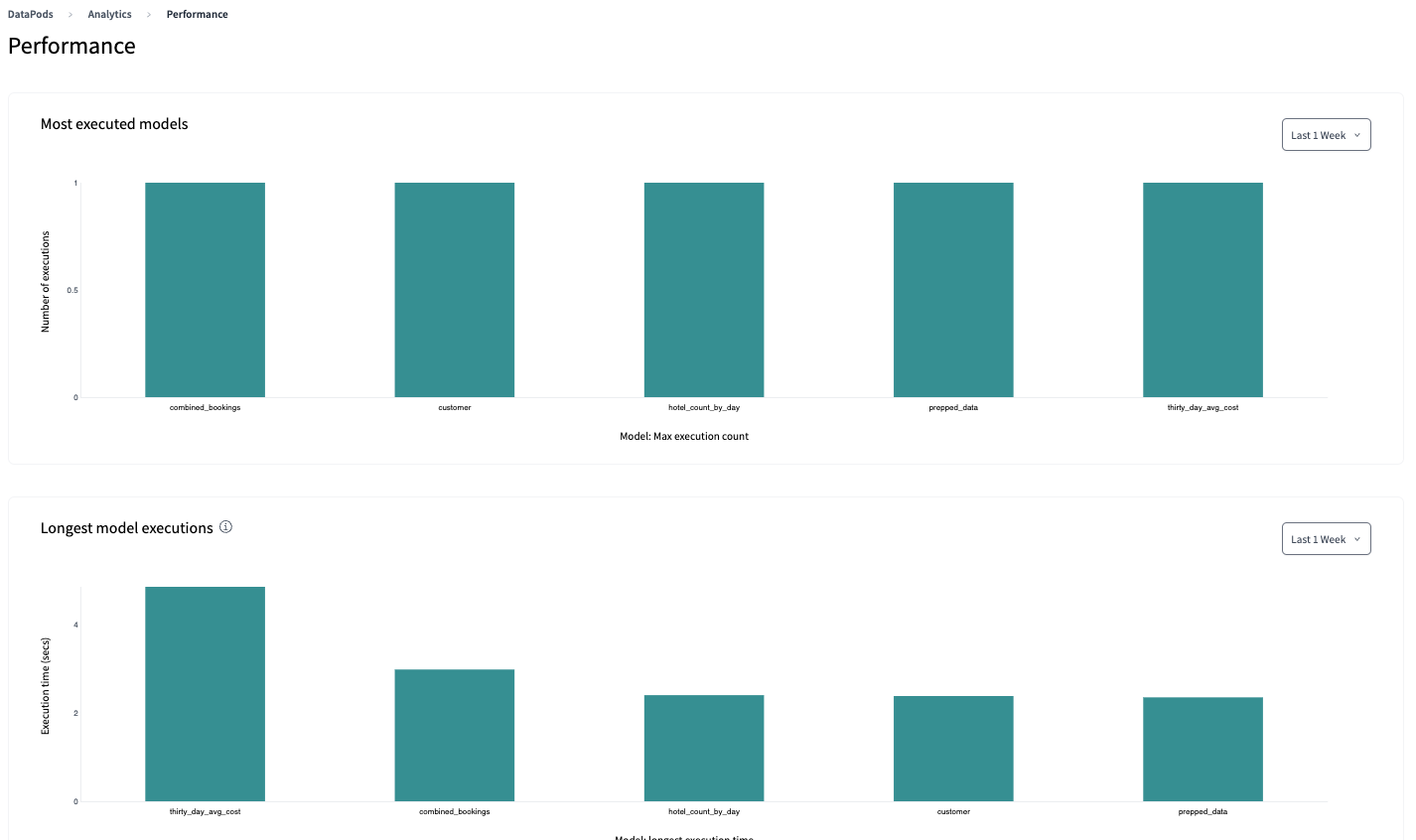
Development of dbt models
- Anatomy of a dbt model: written code vs compiled Sources
- Materialisations: table, view, incremental, ephemeral
- Seeds, sources and ref
- Jinja and Macros
- Packages
- Variables
- Macros
Testing and documenting dbt models
- Tests
- Documentation
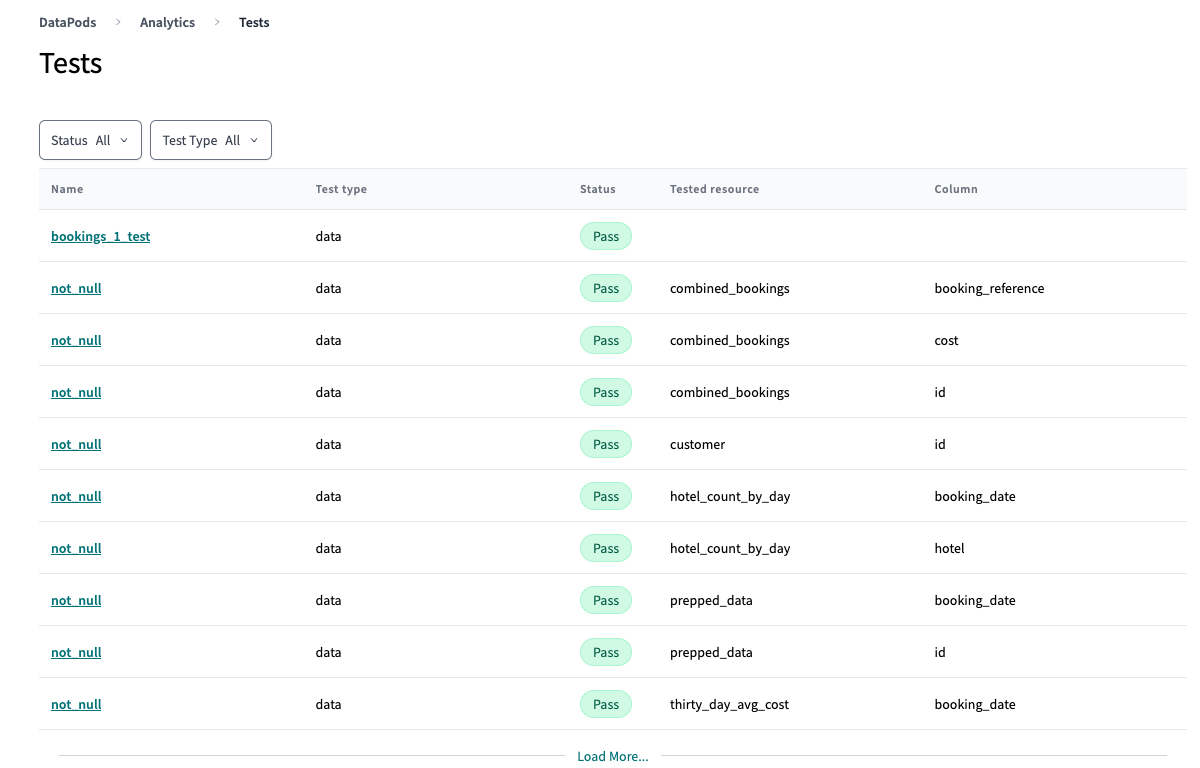
Deploying a dbt project
- Deployment: development the data model
- Commit the change to your github repository:
git add . && git commit -m "Model Created" && git push origin main - dbt cloud: scheduler, sources and hosted documentation
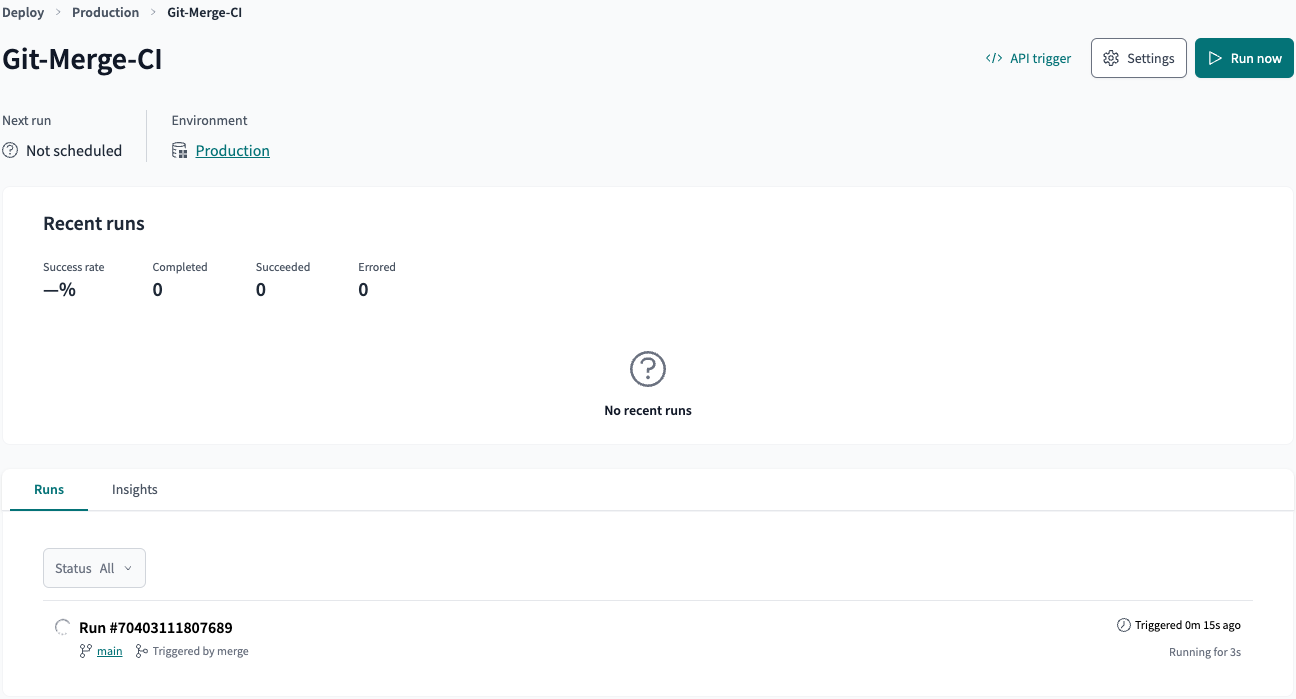
Integrate dbt with Airflow
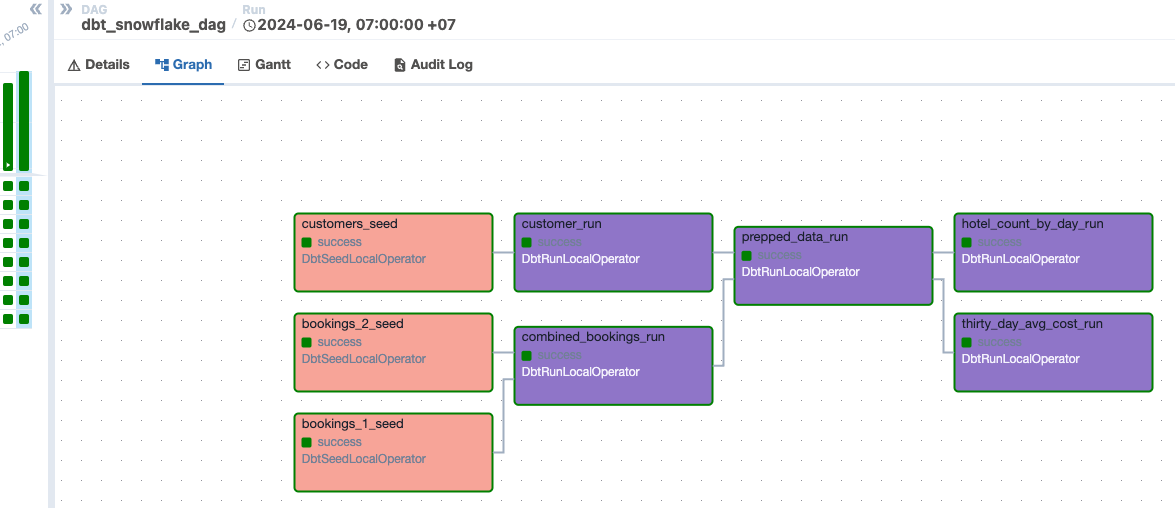
Visualizing the transformed data
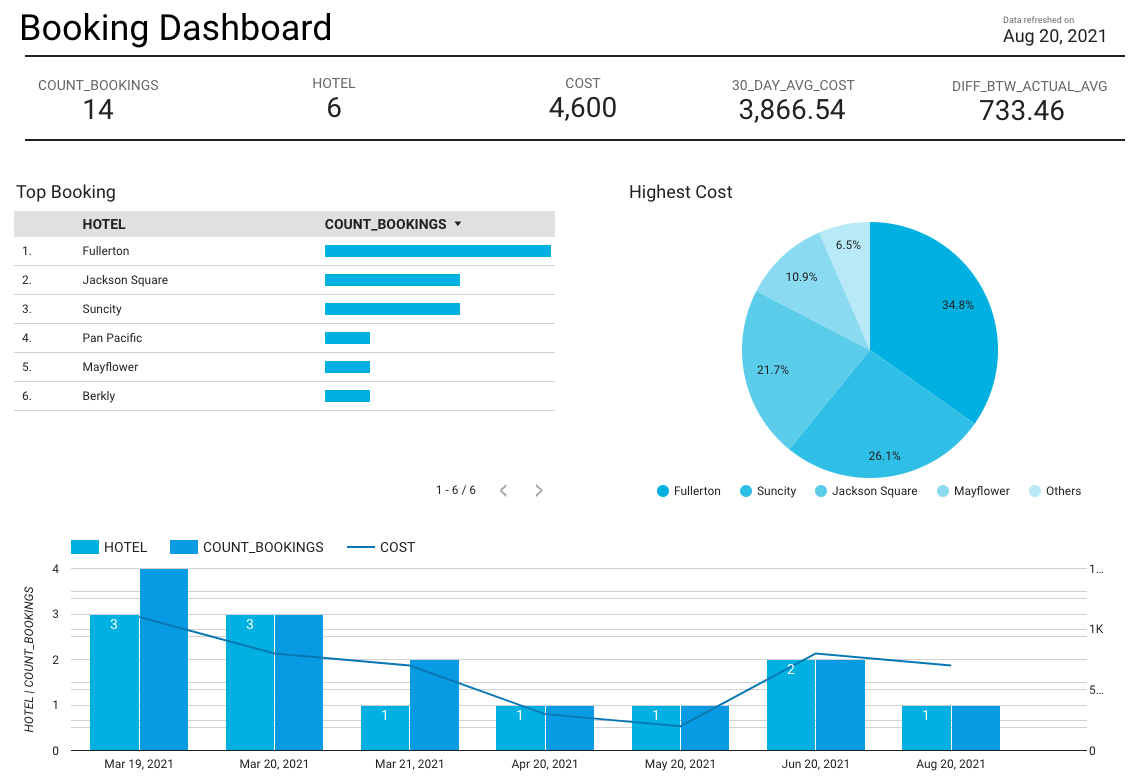
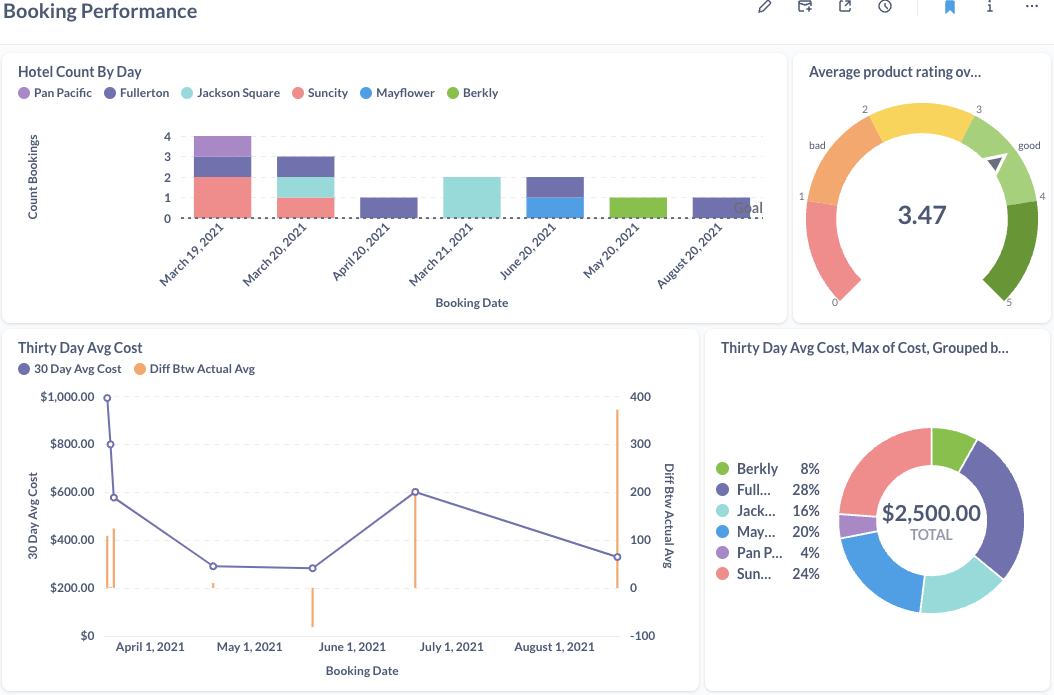
What make you better ?
- Data modeling: normalize and de-normalize
- Data structure: prefer to work with NoSQL data
- How data movement is handled: CDC, SCD, RCD
- Analyze data, getting actionable information